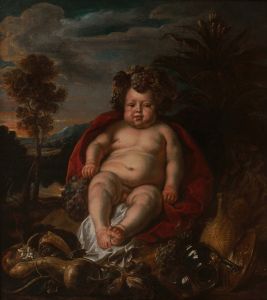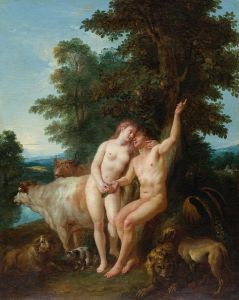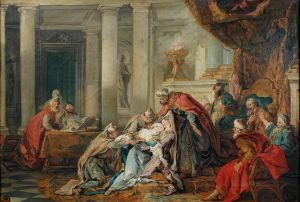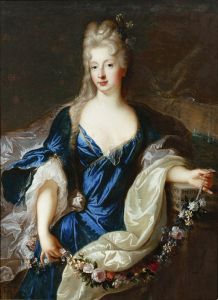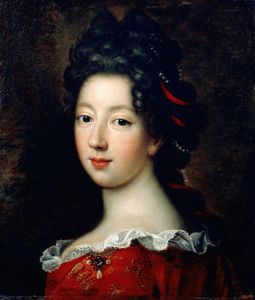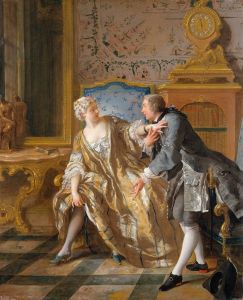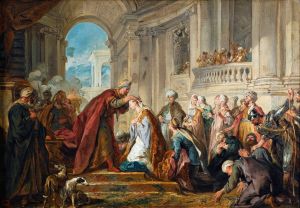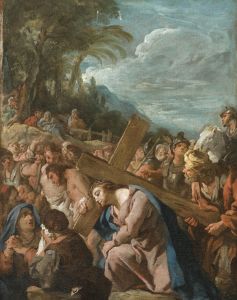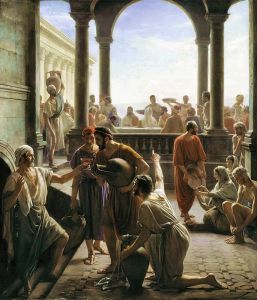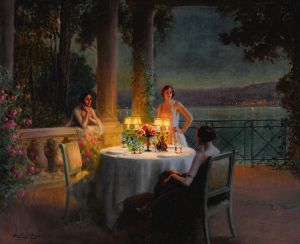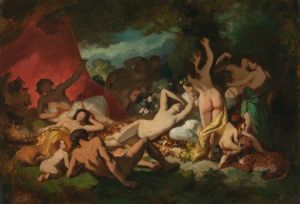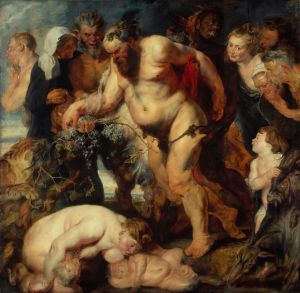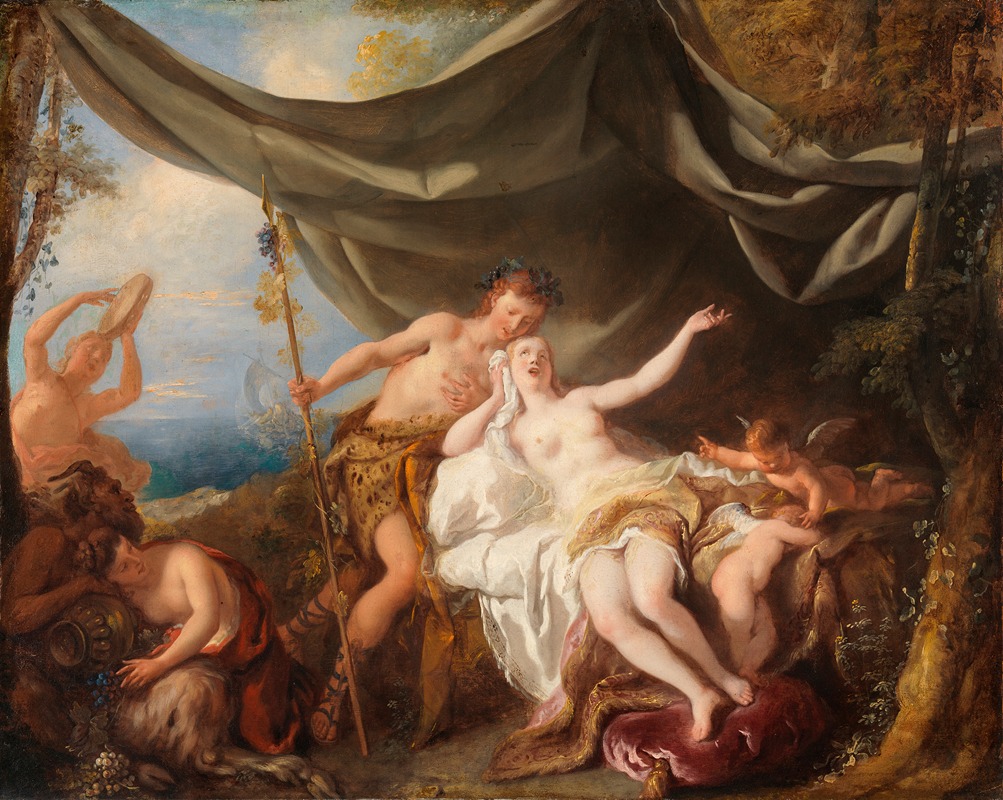
Bacchus and Ariadne
A hand-painted replica of Jean-François de Troy’s masterpiece Bacchus and Ariadne, meticulously crafted by professional artists to capture the true essence of the original. Each piece is created with museum-quality canvas and rare mineral pigments, carefully painted by experienced artists with delicate brushstrokes and rich, layered colors to perfectly recreate the texture of the original artwork. Unlike machine-printed reproductions, this hand-painted version brings the painting to life, infused with the artist’s emotions and skill in every stroke. Whether for personal collection or home decoration, it instantly elevates the artistic atmosphere of any space.
Jean-François de Troy's Bacchus and Ariadne is a painting created by the French Rococo artist Jean-François de Troy (1679–1752). Known for his mastery in depicting mythological and historical scenes, de Troy was a prominent painter of the 18th century, celebrated for his elegant compositions and vibrant use of color. This particular work illustrates the mythological tale of Bacchus, the Roman god of wine, and Ariadne, a mortal woman from Greek mythology.
The painting portrays the moment when Bacchus discovers Ariadne on the island of Naxos. According to the myth, Ariadne had been abandoned on the island by Theseus, the Athenian hero she had helped escape from the labyrinth after defeating the Minotaur. Bacchus, captivated by her beauty and sorrow, falls in love with her and ultimately makes her his immortal wife. This story has been a popular subject in Western art, symbolizing themes of love, abandonment, and divine intervention.
De Troy's interpretation of the scene reflects the Rococo style, characterized by its lightness, grace, and decorative qualities. The composition likely includes dynamic figures, flowing drapery, and a lush, naturalistic setting, elements typical of de Troy's work. His use of soft, harmonious colors and attention to detail would have enhanced the romantic and dramatic atmosphere of the mythological narrative.
While the exact date of the painting's creation is not widely documented, it is consistent with de Troy's oeuvre, which often explored classical themes with a refined and theatrical approach. The painting demonstrates his ability to blend storytelling with a sophisticated aesthetic, appealing to the tastes of the French aristocracy during the early 18th century.
The current location of Bacchus and Ariadne is not definitively recorded in major art historical references, and it is unclear whether the painting is housed in a public collection or remains in private hands. Jean-François de Troy's works are represented in several prominent museums, including the Louvre in Paris, but specific details about this particular painting's provenance or exhibition history are not readily available.
As with many works of art from this period, further research and documentation may provide additional insights into the painting's history and significance. For now, Bacchus and Ariadne remains an example of de Troy's skill in bringing classical mythology to life through the lens of Rococo artistry.





